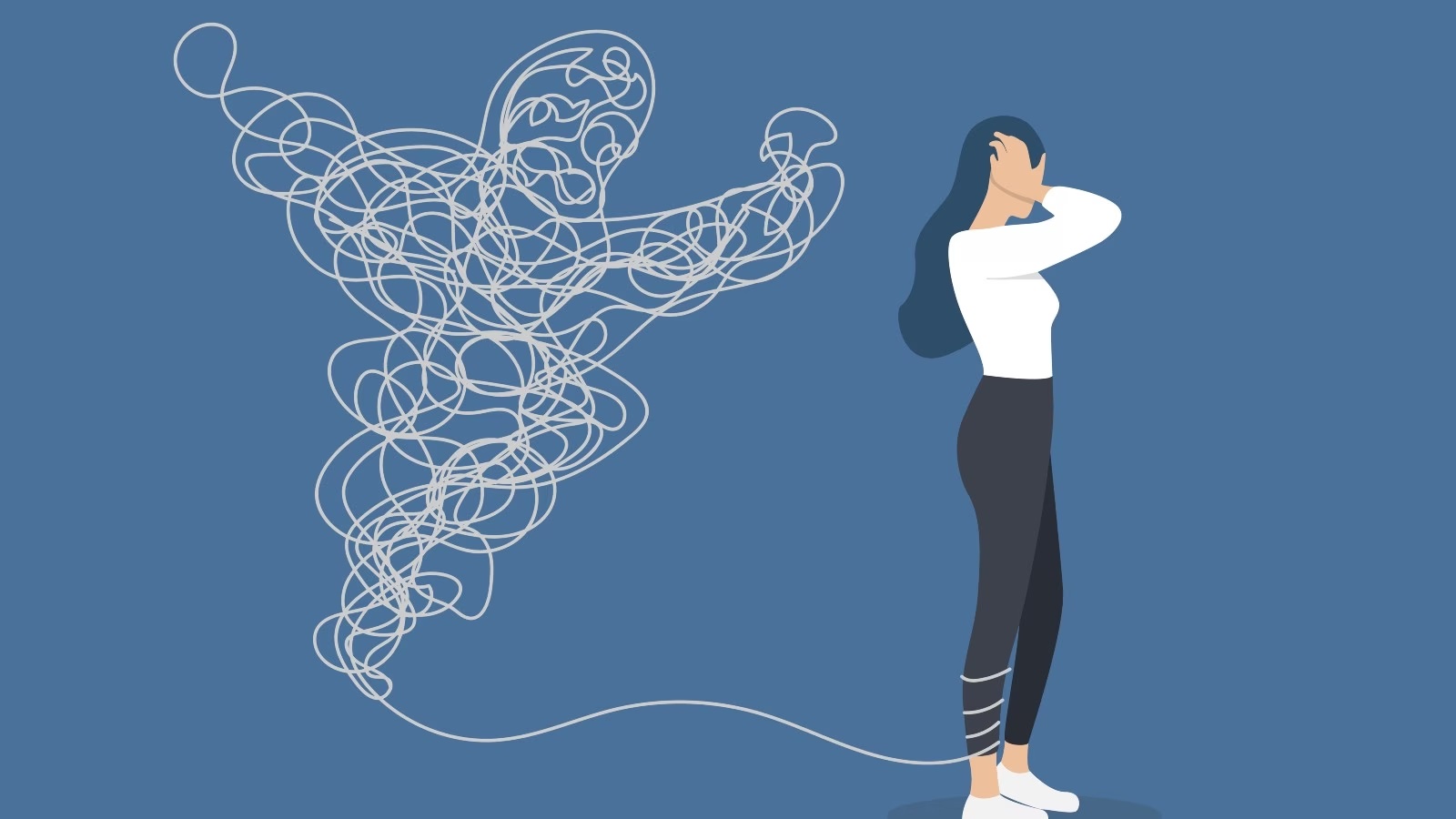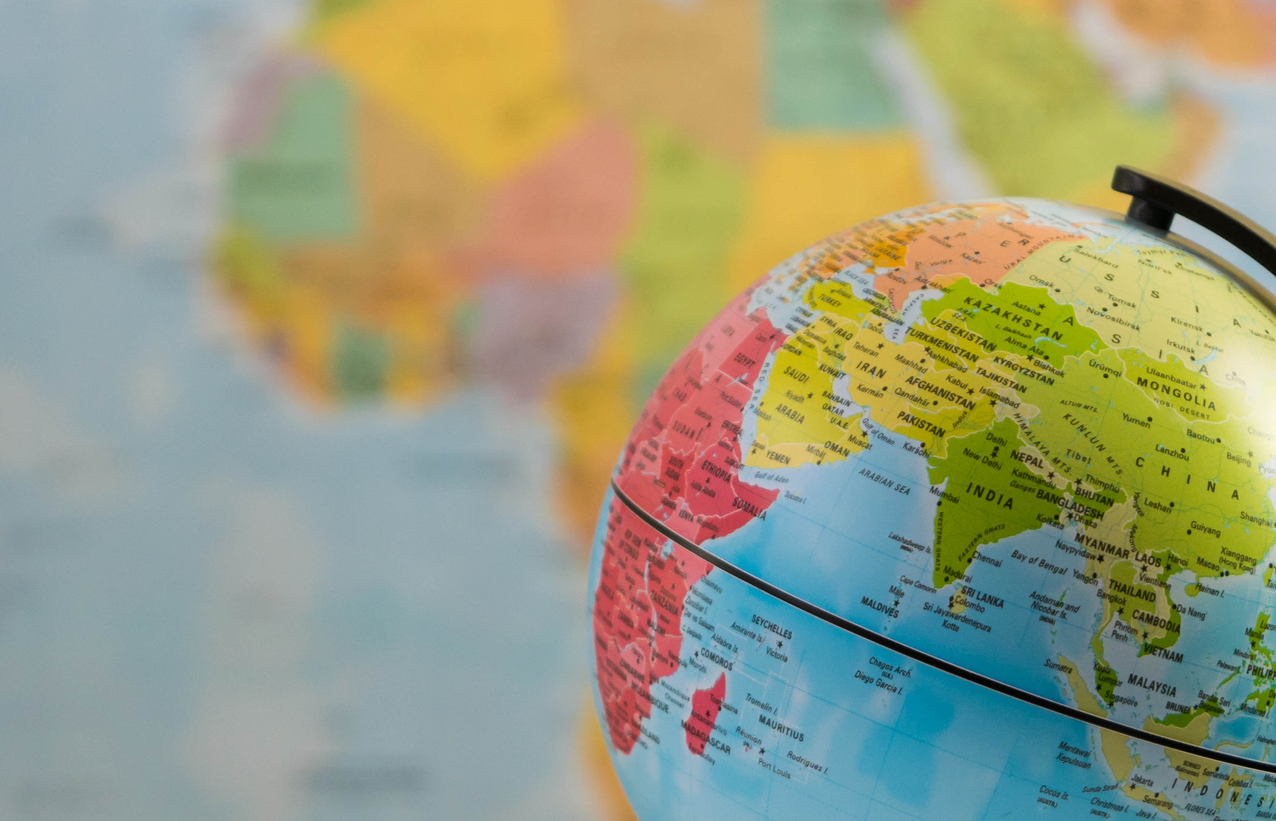By Anna Passyn, LPC
My dear friend and mentor was the first to tell me that experiencing grief was like riding a wave. It’s an image that sticks, not just for the variability of the ride – the up and down parts – but the commitment it takes to actually ride. We don’t get the ride in an instant, we have to stay with the wave, we have to choose to ride it.
We grieve, each of us, differently and, likely, inconsistently. Our sadness, like our happiness – or any other emotion, for that matter – doesn’t stay steady. It rises and falls, finding peaks and valleys that are challenging to be in, to acknowledge. And, like committing to the ride, we can choose to be with our grief.
There are those experiencing loss alone, unable to reach for the comfort of companionship. There are celebrations put on hold or not happening at all. There is a strong desire for the return to normal conversations we all rely on to feel and be connected. I miss talking about what we’re planting in the garden, the worry that the car needs unaffordable repairs, the confusion about how hard it is to find pants that fit. I miss the conversations about work and weekend plans. There is so much different that we didn’t choose, so much that feels taken from us.
It is uncomfortable, itchy, to be in this moment. There is so much loss, so much to miss and mourn. The temptation is to blow right past that part, to muscle through the acknowledgment and acceptance portion of the program and be on the other side. Because that, we hope, will lead to adjustment and productivity. Ah, just like old times.
The thing is, acknowledgment and acceptance requires language and understanding. We must name the feelings to acknowledge them, and we must know something substantive about them to be accepting of them. It seems like a catch, an unpleasantness or worse that is better to be avoided; delving into, getting closer to that feeling can, well, feel like a mistake. But it is in the naming of it, in the learning about the meaning of the feeling, that makes movement possible. Is the crying from sadness or fear or frustration? Is the fear for me or mine or about the overwhelming brutality of this virus? In response to learning more, I check in with my people. I talk with them about how they’re caring for their own safety and let them know I love them. The naming and knowing allows me to do something. If I didn’t know it was fear for their well-being, how could I respond, how would I know what to do next?
We are, all of us, feeling something. Most of us are feeling a whole lot. Who wouldn’t be, or isn’t, sad and angry and scared and lonely and frustrated and worried and grateful and bored at different times? How could we be even a little bit attentive to the world around us and not have lots of feelings about what these last months have been like?
What if, with a friend or a partner, in a journal or a piece of artwork, we just say it – whatever is true. That the heaviness of this moment, the unmet expectations and sorrow, are both part of being a human on the planet right now and very specific to my very small life. And in so doing we acknowledge it, not as the “right” way to feel now, but the way that we DO feel right now. What if, in that outpouring, we learn more about what and who we truly care about, what we are afraid of, what matters most to us?
The emotion is telling us something. Naming it and staying with it long enough to learn if it’s something that requires a response is that space in-between, that not always a comfortable space to be in that will help us do the next thing. Feeling it, naming it, will not make it permanent; it will move, it will come and go, ebb and flow. Just like a wave.
The inspiration for this article is from the article below: https://hbr.org/2020/03/that-discomfort-youre-feeling-is-grief?fbclid=IwAR2TfoUz_zNoCNfHVfY1Raypbtb9x7rtKBzxc3CuqfhSptr8rgXI9E-sF8s







